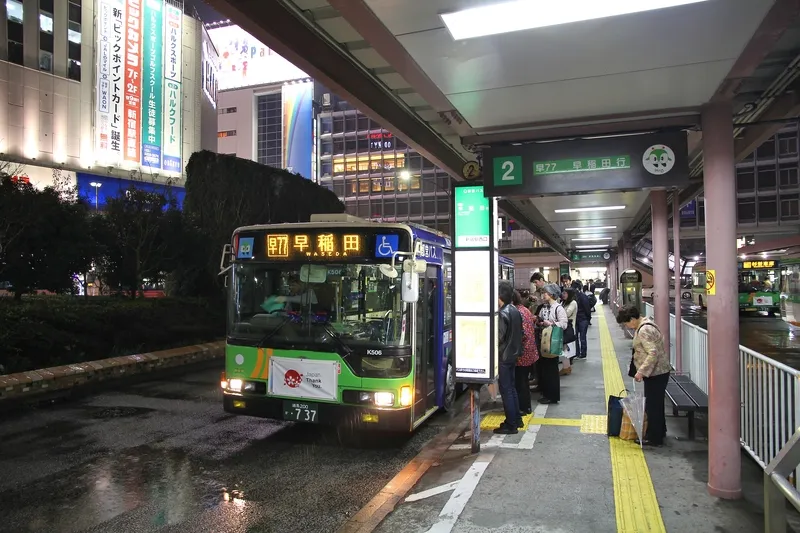Easi-Set Worldwide has announced that its J-J Hooks barrier system has successfully passed both bolted-down and pinned-down MASH Test Level 3 crash tests (MASH - Manual for Assessing Safety Hardware), out-performing other comparable systems. The tests were performed by the Texas Transportation Institute.
June 19, 2012
Read time: 1 min
Prior to these tests, over 41 states/provinces and eight countries have approved the free-standing J-J Hooks temporary barrier for use on their highways. This temporary barrier successfully passed NCHRP 350 TL3 tests in the 1990’s, qualifying it for approval as an alternate to existing state/provincial standard barrier designs. Easi-Set is identifying this barrier as J-J Hooks/NCHRP.
The anchored J-J Hooks design, dubbed J-J Hooks/MASH, incorporates an enlarged J-Hook, additional reinforcing to absorb the higher impact loads, and patented deflection limiting blocks.
Both designs connect seamlessly to each other and they can be placed in the same installation without the need for a transition section. This allows one installation to satisfy up to three different performance requirements. Both J-J Hooks designs are available in cross-sections commonly used on existing highways.









